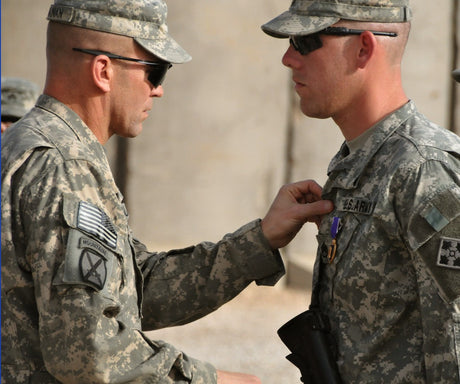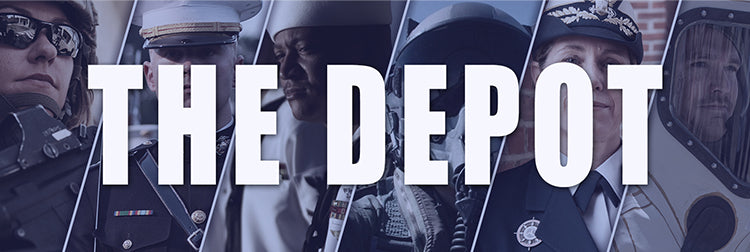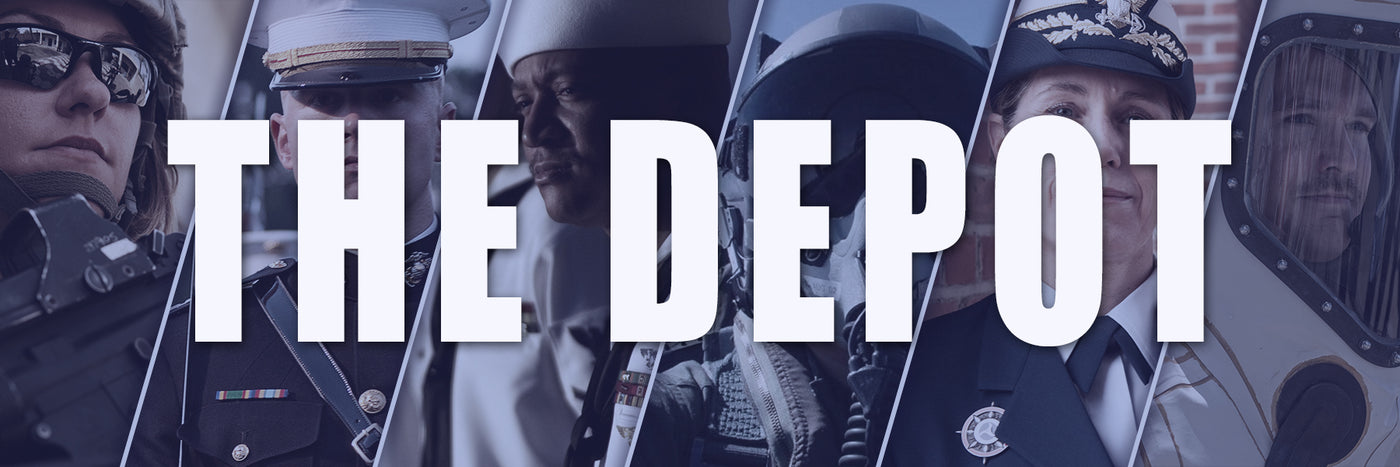
How Is A Purple Heart Earned? A Deep Dive
The Purple Heart has the distinction of being the American military’s first medal. The medal was once awarded for military merit, but since it was created by George Washington, the...
Blog Staff |
ARMED FORCES SUPER STORE 1-877-653-9577 | 8 - 7 CST MON-FRI



The Purple Heart has the distinction of being the American military’s first medal. The medal was once awarded for military merit, but since it was created by George Washington, the...
Blog Staff |

The Purple Heart is one of those military awards that most military members would be proud to receive, however, it isn’t an award anyone in uniform necessarily wants, because to...
Blog Staff |

The book Sacrifice Remembered is the result of two years of research. Schwind brings together the stories of service members from the Army, Army Air Force, Navy, Marine Corps, Coast...
Blog Staff |

The Purple Heart is also an award that military personnel are automatically entitled to if they meet the criteria. A wounded or killed service member is not recommended for the...
Blog Staff |

Many believe that the Badge of Military Merit, later known as the Purple Heart, was the first U.S. military medal ever awarded. Think again. Here's a brief history of U.S....
Steven Alvarez |